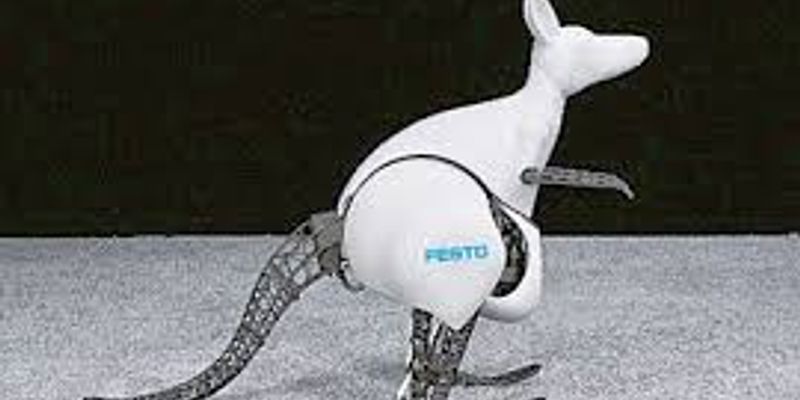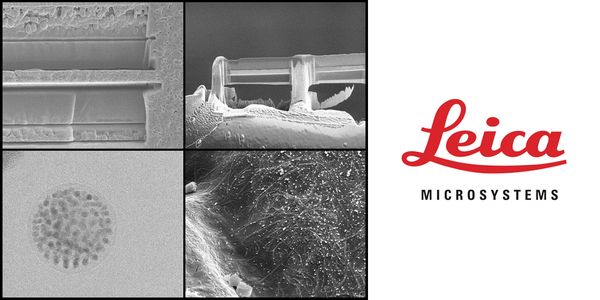Biomimetic
The imitation of the models, systems, and elements of nature for the purpose of solving complex human problems.
-
Traditional animal models and simplified cell cultures often fail to capture human biology, limiting progress in biomedical research and drug development. Emerging microfluidic "Organ-o...
Robots are useful tools for studying the nervous system and its control of body mechanics because they can be used to perform experiments that would be difficult to perform with an animal. F...
JUN 28, 2022 | 7:00 AM
Date: June 28, 2022 Time: 3:00pm (BST), 4:00pm (CET), 9:00am (CST), 7am (PST) Light-sheet microscopy is an extremely versatile imaging technique with a vast range of implementations that are...
Speaker:
Prof. Ulrich Kubitscheck
, Dr. Abhishek Kumar
, Matthew Kose-Dunn
, Phil Allen
Sponsored By: Teledyne Photometrics
SEP 09, 2021 | 11:00 AM
Date: September 9, 2021 Time: 11:00am (PDT), 12:00pm (EDT) Advances in cryogenic electron microscopy (cryo-EM), primarily driven by the life sciences, have emerged as powerful techniques for...
Approximately 300,000 people in the United States have a spinal cord injury with many of these individuals experiencing permanent motor and sensory deficits. For individuals with cervical sp...
Speaker:
Robert Gaunt, PhD
, Michael Boninger, MD
, Jennifer Collinger, PhD
Presented at: Neuroscience Virtual Event Series 2020
The attractiveness of 3D printing technology in the microfluidic field is growing, specifically stereolithographic (SLA) type 3D printers, owing to their low cost, versatility, fast and easy...
MAY 23, 2019 | 9:00 AM
DATE: May 23, 2019TIME: 9:00am PDT, 12:00pm EDT Although mesenchymal stem/stromal cells (MSCs) chondrogenic differentiation has been thoroughly investigated...
The next step towards more biomimetic in vitro models is the design of multi-organ devices, which allow for communication of different tissue types. Combining physiologically relevant organ m...
Growing living human cells in vitro for basic research, drug discovery and reparative/regenerative medicine is challenged by the difficulty in developing methods for reproducibly and cost eff...
The consistent and optimized production of living human cells for drug discovery and regenerative medicine faces many challenges including the need for cost effective large scale expansion, i...
Surface plasmon resonance (SPR) is a sensitive, label-free technique that detects mass changes due to biomolecular interactions on a surface. This versatile method has been used to evaluate t...











